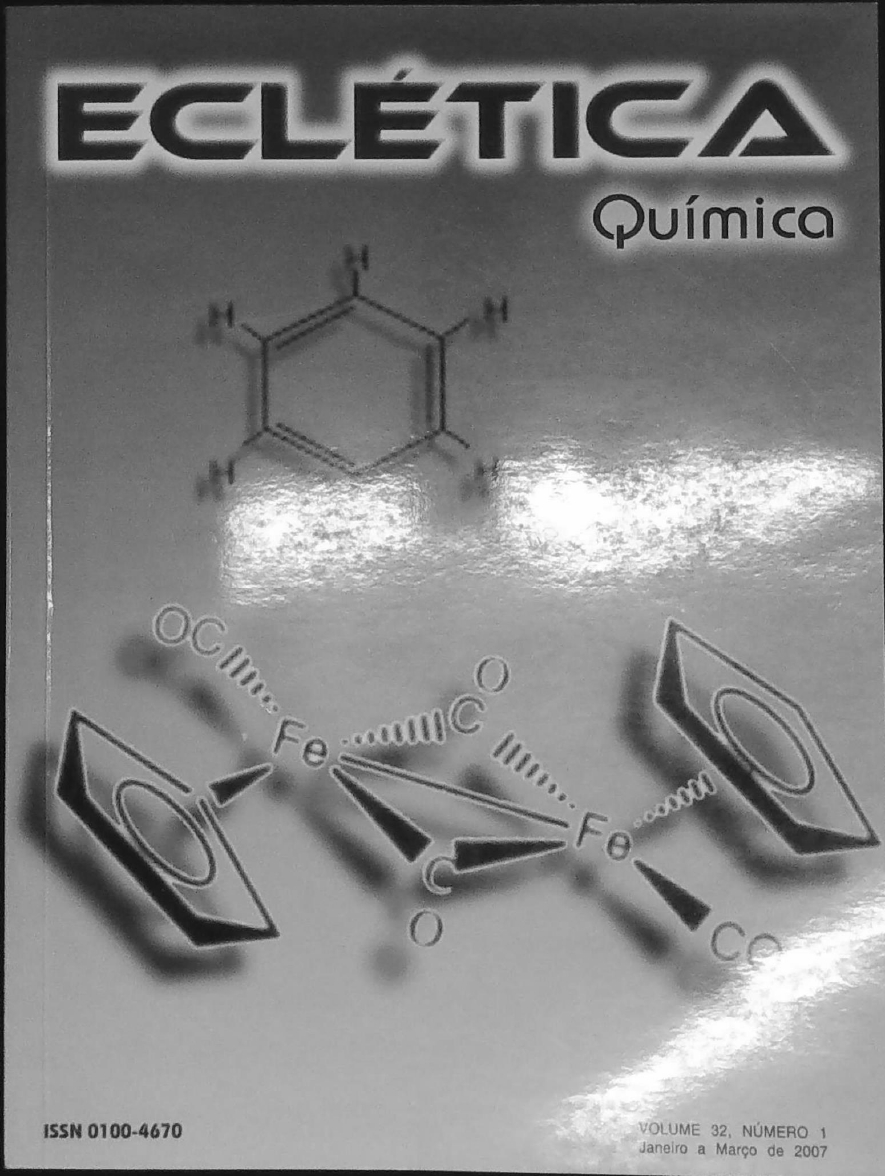Abstract
Specific combustion programs (Gaseq, Chemical equilibria in perfect gases, Chris Morley)are used to model dioxin and formation in the incineration processes of urban solid wastes. Thanks to
these programs, it is possible to establish correlations with the formation mechanisms postulated in li-
terature on the subject. It was found that minimum oxygen quantities are required to obtain a
significant formation of these compounds and that more furans than dioxins are formed. Likewise,
dioxin and furan formation is related to the presence of carbon monoxide, and dioxin and furan
distribution among its different compounds depends on the chlorine and hydrogen relative
composition. This is due to the fact that an increased chlorine availability leads to the formation of
compounds bearing a higher chlorine concentration (penta-, hexa-, hepta-, and octachlorides), whereas
an increased hydrogen availability leads to the formation of compounds bearing a lower chlorine
number (mono, di-, tri-, and tetrachlorides)
References
M. La Grega, P. Buckingham, J. Evans, Gestión de
Residuos Tóxicos, McGrawHill, México, 1996.
C. García-Ubaque, J.C. Moreno, R. Fajardo, Estimación
de Propiedades Fisicoquímicas de Dioxinas y Furanos por
Métodos de Contribución de Grupos. Universidad de los
Andes. Departamento de Química. 2006. Bogotá.
G. Eugenio, Manejo Integrado de Residuos Sólidos
Municipales. Ministerio del Medio Ambiente - Universidad
de los Andes. Bogotá – Colombia 1998.
G. Tchobanoglous, H. Theisen S. Vigil, Gestión Integral
de Residuos Sólidos, McGrawHill, México,1994.
Environmental Protection Agency (USEPA). Locating and
Estimating Air Emissions from Sources of Dioxins and
Furans. 1997. North Carolina.
Donelly James R, Buonicore AnthonyJ, Air Pollution
Engineering Manual Chapter 8 “Waste Incineration Sourc”
García-Ubaque, César; Moreno, Juan Carlos; Fajardo,
Rubén; Estimación de Propiedades Fisicoquímicas de Dioxinas
y Furanos por Métodos de Contribución de Grupos. Universidad
de los Andes. Departamento de Química. 2006. Bogotá.
G. Tchobanoglous, H. Theisen, S. Vigil, Gestión Integral
de Residuos Sólidos, McGrawHill, México,1994.
Tan, Pengfu, Hurtado, Iñaqui and Neuschutz Dieter.
Thermodynamic Modeling of PCDD/Fs Formation in
Thermal Processes. Environmental Science and Technology.
Vol. 35. 2001. United States.

This work is licensed under a Creative Commons Attribution 4.0 International License.
Copyright (c) 2018 Eclética Química Journal





